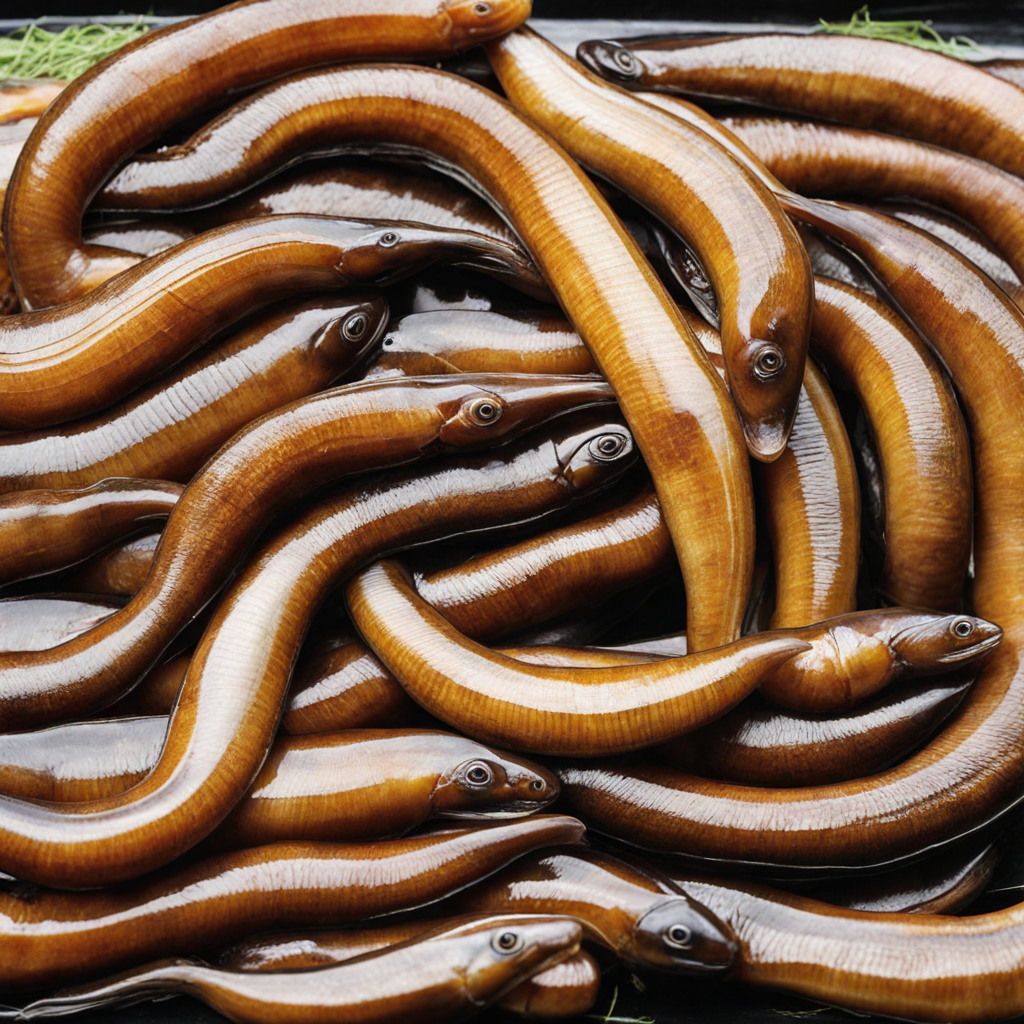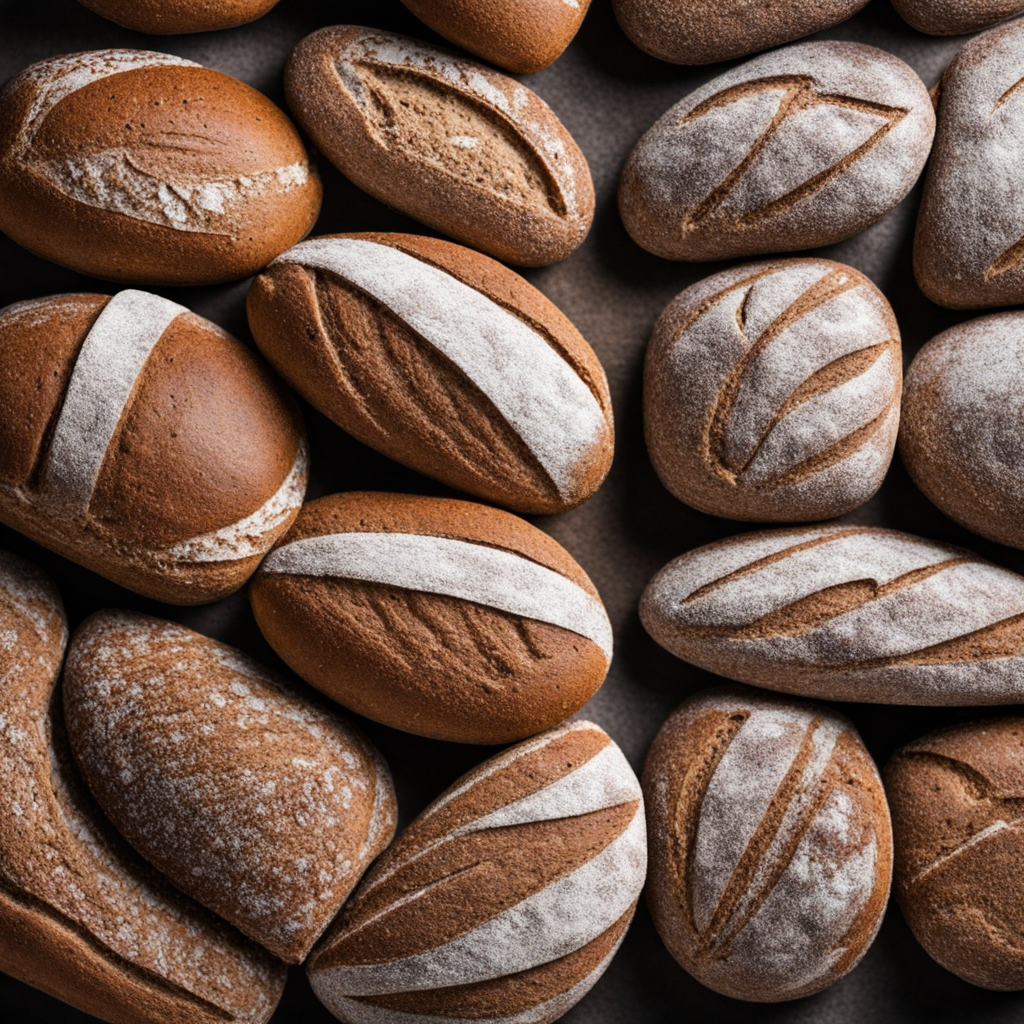Rye Bread Pudding
Rye Bread Pudding is a delightful Estonian dessert that showcases the rich flavors of the country's traditional rye bread. This unique pudding begins with stale rye bread, which is a staple in Estonian households, lending the dish a robust, slightly tangy flavor profile. The bread is torn into pieces and combined with a custard mixture made from eggs, milk, and sugar, allowing it to soak up the creamy goodness. The result is a comforting blend that beautifully balances the earthy notes of rye with the sweetness of the custard, creating a warm and satisfying dessert that feels both rustic and indulgent. To enhance its flavor, various ingredients can be added, such as dried fruits, raisins, or nuts, which contribute delightful textures and bursts of sweetness. Some recipes may even incorporate spices like cinnamon or vanilla to elevate the taste experience further. Once baked, the pudding develops a golden crust while maintaining a soft, custardy interior, making it an irresistible treat. Served warm or at room temperature, it can be enjoyed on its own or paired with a dollop of whipped cream or a scoop of vanilla ice cream for an extra layer of decadence. Rye Bread Pudding is not just a delicious dessert; it is also a testament to the Estonian tradition of minimizing food waste by repurposing stale bread. This dish encapsulates the heart of Estonian home cooking, where simplicity and flavor take precedence. Each bite tells a story of the land and its people, making it a must-try for anyone looking to explore the culinary heritage of Estonia. Whether enjoyed during festive gatherings or as a cozy family treat, Rye Bread Pudding offers a unique taste experience that is sure to leave a lasting impression.
How It Became This Dish
Leivasupp: The Soulful Bread Soup of Estonia Estonia, a small Baltic nation with a rich tapestry of history and culture, boasts a culinary tradition that reflects its agricultural roots, seasonal availability of ingredients, and the resilience of its people. Among the many dishes that symbolize Estonian heritage, Leivasupp stands out as a unique and beloved classic. This bread soup—a hearty, comforting dish—speaks volumes about the Estonian way of life, especially during harsh winters when resources were scarce. Origins of Leivasupp Leivasupp, literally translating to "bread soup," finds its origins in rural Estonia, where bread was a staple food. Dating back to the medieval period, rye bread was the cornerstone of the Estonian diet, favored for its ability to withstand long storage periods and its nutritional benefits. Rye was not just a crop; it was a cultural symbol, representing sustenance, stability, and identity for the Estonian people. The roots of Leivasupp can be traced to the necessity of using every part of a food item. When bread became stale—an inevitable occurrence in the pre-refrigeration era—Estonian households turned to their culinary ingenuity. Instead of discarding the leftover bread, they transformed it into a nourishing soup. The practice of making soups from stale bread is not unique to Estonia; it reflects a broader European trend in peasant cooking, where frugality and resourcefulness were paramount. Ingredients and Preparation The traditional recipe for Leivasupp is simple yet flexible, showcasing local ingredients. At its core, the dish consists of stale rye bread, water or broth, and sweeteners such as sugar or honey. The bread is typically torn into pieces and simmered in the liquid until it softens and breaks down, creating a thick, porridge-like consistency. To enhance the flavor, various ingredients may be added. A common addition is sour milk or kefir, which provides a tangy contrast to the sweetness of the soup. Dried fruits, particularly prunes or raisins, are often included for their natural sweetness and texture. In some variations, nuts or spices such as cinnamon may be added, showcasing the regional adaptations that have transformed Leivasupp over time. Cultural Significance Leivasupp is more than just a dish; it embodies the Estonian spirit of resilience and adaptability. It is a symbol of home, often associated with family gatherings and festive occasions. As a staple during the colder months, it serves as a reminder of the importance of community and sharing. The act of preparing and enjoying Leivasupp fosters a sense of togetherness, bridging generations through the shared experience of food. In Estonia, food has always played a significant role in cultural rituals and celebrations. Leivasupp is often prepared during festive events, particularly during Christmas time, when families come together to celebrate the season. It is also served during Midsummer, a time of abundance, reflecting the agricultural cycles of the region. The dish’s simplicity and heartiness resonate with the Estonian ethos, emphasizing a connection to the land and its resources. Development Over Time As Estonia navigated through various historical challenges, including foreign occupations and the struggle for independence, Leivasupp has evolved yet remained a steadfast fixture in the Estonian culinary landscape. During the Soviet era, for instance, traditional foods often faced scrutiny, and many recipes were simplified or altered to accommodate the availability of ingredients. However, Leivasupp endured, adapting to the changing times while retaining its essence. In contemporary Estonia, Leivasupp has experienced a renaissance as chefs and home cooks alike embrace traditional dishes with a modern twist. The resurgence of interest in local and sustainable food practices has led to a revival of ancient recipes, with Leivasupp being no exception. Today, innovative interpretations of the dish can be found in restaurants across Estonia, where chefs experiment with flavors while honoring the roots of this classic soup. The rise of the farm-to-table movement has also played a crucial role in the evolution of Leivasupp. As awareness of seasonal and locally-sourced ingredients increases, chefs are incorporating organic produce, artisanal breads, and unique flavor profiles into their versions of the soup. This modern approach allows Leivasupp to resonate with younger generations while preserving the traditional methods of preparation. Leivasupp in Modern Context In today's fast-paced world, Leivasupp serves as a comforting reminder of slower, more deliberate meals. It invites people to slow down and appreciate the simplicity of nourishing food made from humble ingredients. The soup is often shared among friends and family, encouraging conversation and connection—a fundamental aspect of Estonian culture. The dish's adaptability also allows for personal interpretations, with each family adding their unique touch. Some might prefer a sweeter version with more dried fruits, while others may opt for a more savory approach with herbs and spices. This personal expression within a traditional framework reflects the dynamic nature of Estonian cuisine, where history and innovation coexist harmoniously. Leivasupp has also gained recognition beyond Estonia's borders. As Estonian cuisine continues to emerge on the global stage, the dish has found its way into international culinary conversations, celebrated for its rustic charm and wholesome ingredients. Food enthusiasts exploring Estonian cuisine often discover Leivasupp as a gateway to understanding the cultural and historical narratives embedded within the country’s culinary heritage. Conclusion Leivasupp is more than just a dish; it's a testament to the resilience and creativity of the Estonian people. Rooted in necessity, this humble bread soup has transformed over centuries, reflecting the changing tides of Estonian history while remaining a cherished staple in homes and hearts alike. In an era where the importance of food as a cultural connector is increasingly recognized, Leivasupp stands tall as a symbol of tradition, community, and the enduring spirit of Estonia. As this beloved soup continues to evolve, it carries with it the stories of the past and the promise of the future—a delicious reminder of the power of food to unite us all.
You may like
Discover local flavors from Estonia







